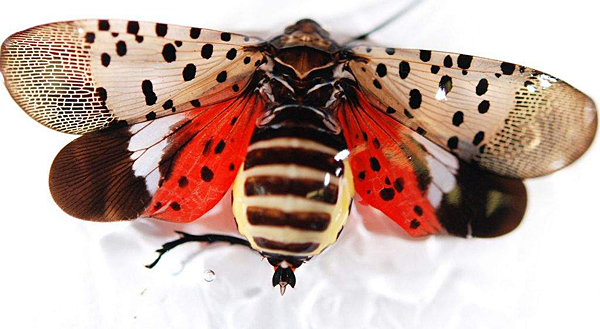what attracts spotted lanternflies
They die instantly and you might get rid of the weed too. SLF are spreading throughout much of the Mid Atlantic area including northcentral Virginia and have the potential.

Keeping Tabs On The Spotted Lanternfly Nursery Management
Spotted lanternflies are invasive and can be spread long distances by people who move infested material or items containing egg masses.

. Although it is called a fly and resembles a moth the SLF is a Hemiptera or true bug species Lycorma delicatula. FYIMilkweed is good for attracting Monarch butterflies. Female Spotted Lanternflies have been known to lay 2 egg masses with each one harvesting 30-50 eggsThe females lay their on trees and other objects such as cars farm equipment and outdoor furniture.
Add a few drops of peppermint oil tea tree oil or lavender oil to pure water. Spotted lanternflies are attracted to a wide variety of host plants and trees and their preferences keep changing with their lifecycle. If the lanternflies are on weeds you dont want around anyway they love wild grape spray with vinegar.
The SLF lays eggs beginning in September in host trees including. An invasive species. Spotted lanternflies are also attracted to common Milkweed so planting more of these trees can help keep them at bay.
Bands should be replaced every two weeks until the end of July. But the insects arent fussy. The Spotted Lanternfly Lycorma delicatula SLF a member of the planthopper family is an invasive insect that was first discovered in the United States eastern Pennsylvania in 2014.
Inspecting your property and disposing of the Spotted Lanternfly eggs can help prevent the invasive insect from spreading to new locations. The first reported sighting in the US. These environments usually have abundant tree of heaven and wild grapes she says.
The adult spotted lanternfly is about 1 long. Milkweed is a wildflower that attracts spotted lanternflies. Highways railroad corridors logging roads etc.
Those that dont die immediately will be slow in movement. Rose cultivated and multiflora Grape wild and cultivated Black walnut butternut. Beginning in April place bands that are at least 6 inches 15 cm wide at chest height.
Spotted lanternfly feeds on a wide range of fruit ornamental and woody trees with tree-of-heaven being one of the preferred hosts. During the egg laying stage a female will usually lay 2 egg masses. It is native to parts of Asia.
Nature HillsThe spotted lanternfly seems to be attracted to this plant. At Green Giant we have observed that Spotted Lanternflies in the crawler stage which is the stage right after they emerge from their eggs seem to be attracted to trees with heavy sap content. Spotted lanternfly is the biggest threat weve had to the vineyard since weve been growing grapes said Eastern Pennsylvania grower John Landis.
When the spotted lanternfly opens its wings it reveals a bright red underwing. We are seeing heavy infestations on Sweetgum and Maple trees. Step 1 Know the life cycles of the Spotted Lanternfly SLF.
You can spray essential oils directly onto the lanternflies. Adults are typically attracted to the Tree of Heaven and willow. Native to China India and Vietnam spotted lanternflies have made their way to South Korea Japan and the United States.
In the late summer and fall you may see adult spotted lanternfly on the side of your building telephone poles or other structures. Refer to my post What Attracts Hummingbirds and Butterflies to learn. The plant is poisonous to them.
Spotted lanternfly SLF Lycorma delicatula is an invasive planthopper that was first detected in North America in 2014 in southeastern Pennsylvania. Another method for controlling Spotted Lanternfly is tree banding wherein a tree infected with nymphs is wrapped with a sticky trap. Spotted Lanternfly Slelo Prism Gray catbirds can consume adult lanternflies or even a group of lanternfly nymphs on a tree or plant.
The insects then feed on the sap which later poisons and kills them. Was in 2014 in Berks County PA. Landis first noticed a small number of spotted lanternflies in his vineyard in 2017 followed by a heavy infestation in 2018 and 2019 over 300 flies per plant on some vines.
The spotted lanternflys preferred host plant is Ailanthus altissima also known as the tree of heaven which has been introduced to numerous countries including South Korea Japan and the USA and much of Europe. Ad Browse discover thousands of brands. Spotted lanternflies are also attracted to common Milkweed so planting more of these trees can help keep them at bay.
Push pins can help to secure the band. Since then spotted lanternflies settled in New Jersey Delaware Maryland Virginia West Virginia New York Connecticut Ohio. As a result they will be left vulnerable to predators or.
It has now spread to other eastern US. This will kill them and also repel them because of. Tree of Heaven its preferred host fruit trees grape vines and pine trees.
Adults lay eggs in masses in the late fall on trees under bark posts lawn furniture cars trailers outdoor. Nymphs of spotted lanternflies are attracted to Tree of heaven maple willow apple grapevine pine cherries plums and other fruit trees and others. SLF are native to Southeast Asia and feed on a wide range of plants and trees.
It appears that the lanternflies are attracted to Common Milkweed Asclepias syriaca. Spotted Lanternfly locations in unquarantined counties in New Jersey can be reported to the Department of Agriculture by emailing slf-plantindustryagnjgov or by calling 609-406-6943. WHAT ATTRACTS SPOTTED LANTERNFLIES.
List of known Trees that are attacked by the Spotted Lanternfly. The eggs overwinter and hatch beginning in May3 X. SLF feeds voraciously on many economically important crops like grapevines hops ornamental nursery plants and.
In Pennsylvania key plant hosts throughout the growing season include. Spotted lanternflies seem to disperse primarily along anthropogenic environments. Nymphs for example feed on almost any host plant while adult bugs target specific trees.
While we are still working to research their behavior this is most likely driven by spotted lanternfly being attracted to tall objects either to have a meal or use as a launching post. There are more than 65 species of plants that spotted lanternflies can. Then spray the solution from a spray bottle directly onto the flies.
Spotted lanternflies live through the winter only as eggs. Adults have grey wings with black spots. Read customer reviews find best sellers.
Much of this landscape that will attract the pest will be man-made or at least altered Ciafré says. The French Pickering Creeks Conservation Trust has compiled a list of tips for dealing with adult Spotted Lanternflies.
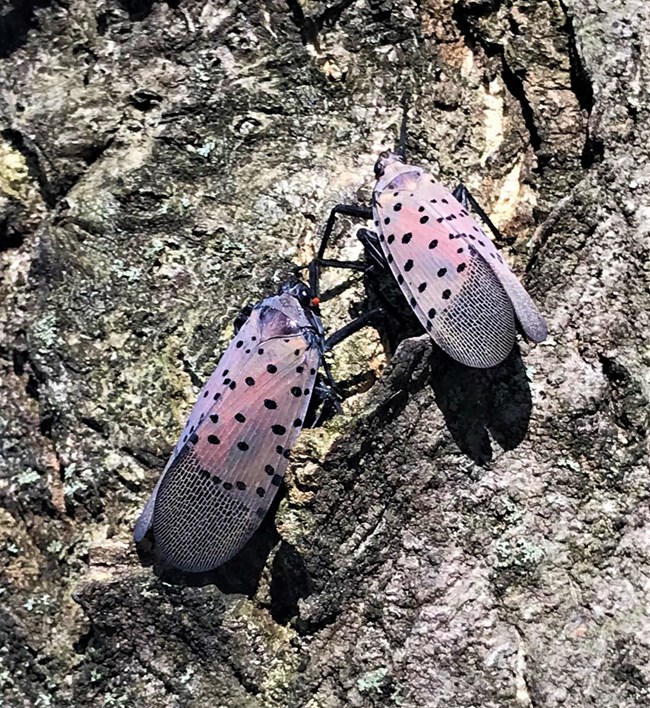
Spotted Lanternfly In Perspective U S National Park Service
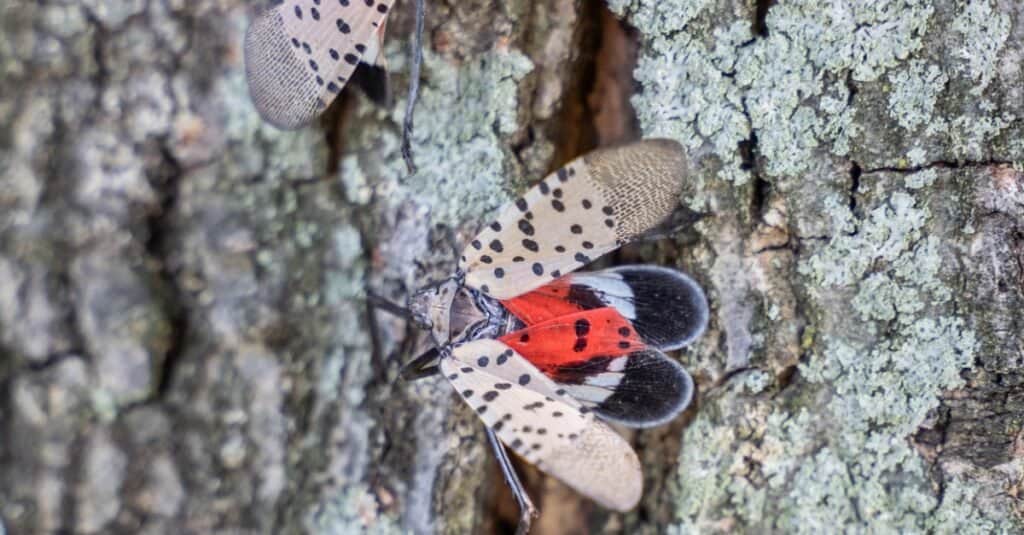
What Eats Spotted Lanternfly Do They Have Predators Az Animals

Spotted Lanternfly How Big Of A Threat Is It Msu Extension
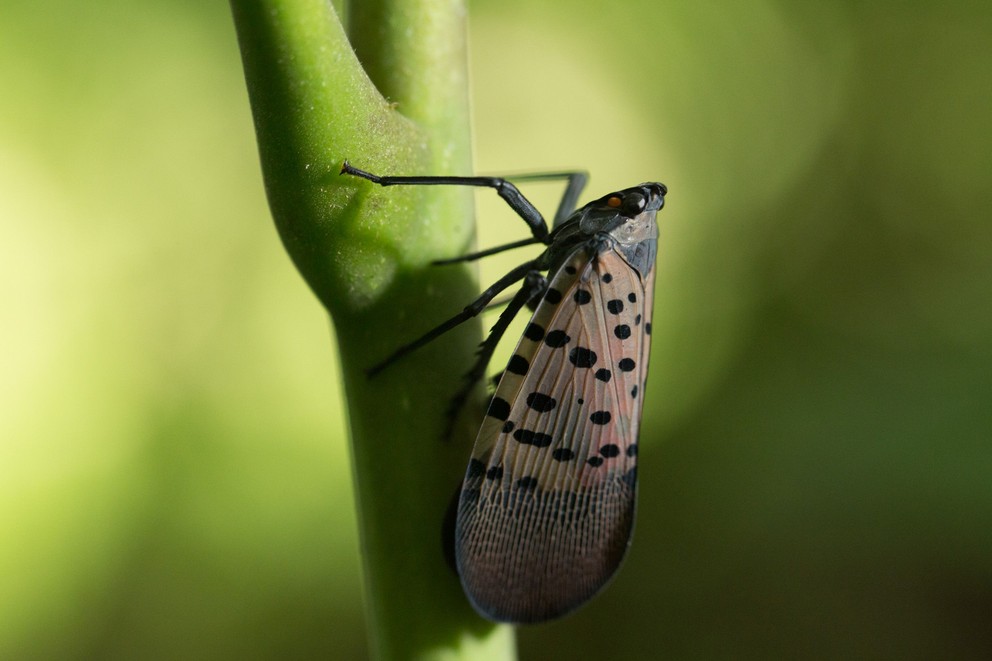
Is Spotted Lanternfly A Concern In The Fall Good S Tree And Lawn Care

Invasive Lanternfly May Be Vulnerable To Native Fungi The Adirondack Almanack

Spotted Lanternfly Spreading In New York State Cals

How To Manage And Control Spotted Lanternfly Gardener S Path Garden Pest Control Garden Pests Flying Lantern

Bugs What Attracts Spotted Lanternflies The Great Outdoors Stack Exchange

Spotted Lanternfly Chesapeake Bay Program

Spotted Lanternfly Stages Infestation
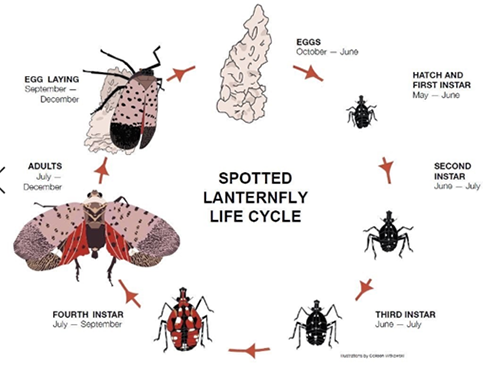
Spotted Lanternflies At Penn University Of Pennsylvania Almanac
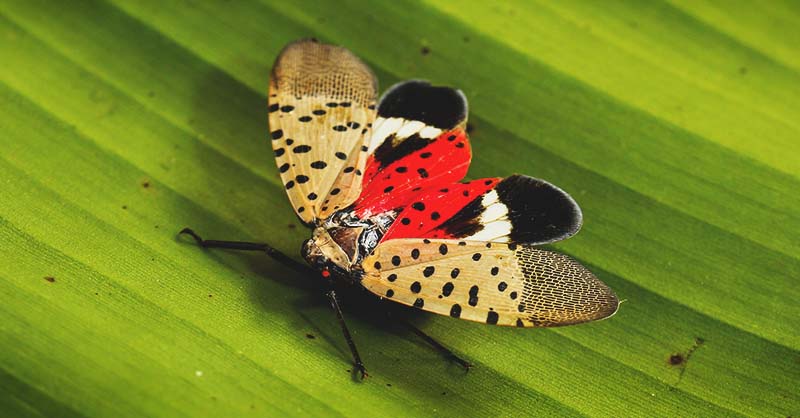
How To Kill Spotted Lanternfly And Save Your Fruit Trees

List Of Known Host Plants Grows For Spotted Lanternfly

Keep Watch For Spotted Lanternfly Adults And Egg Masses
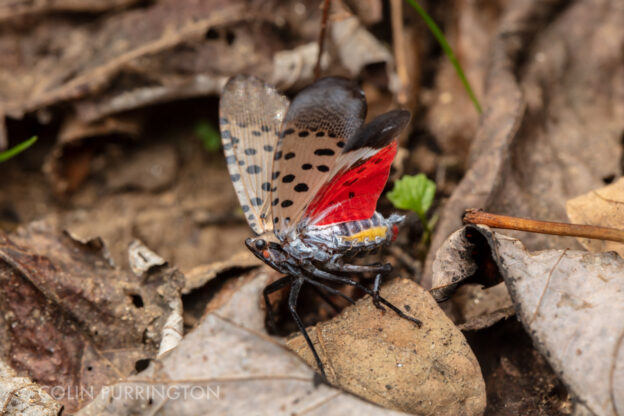
How To Kill Spotted Lanternflies Colin Purrington

Invasive Species Profiles Canadian Council On Invasive Species
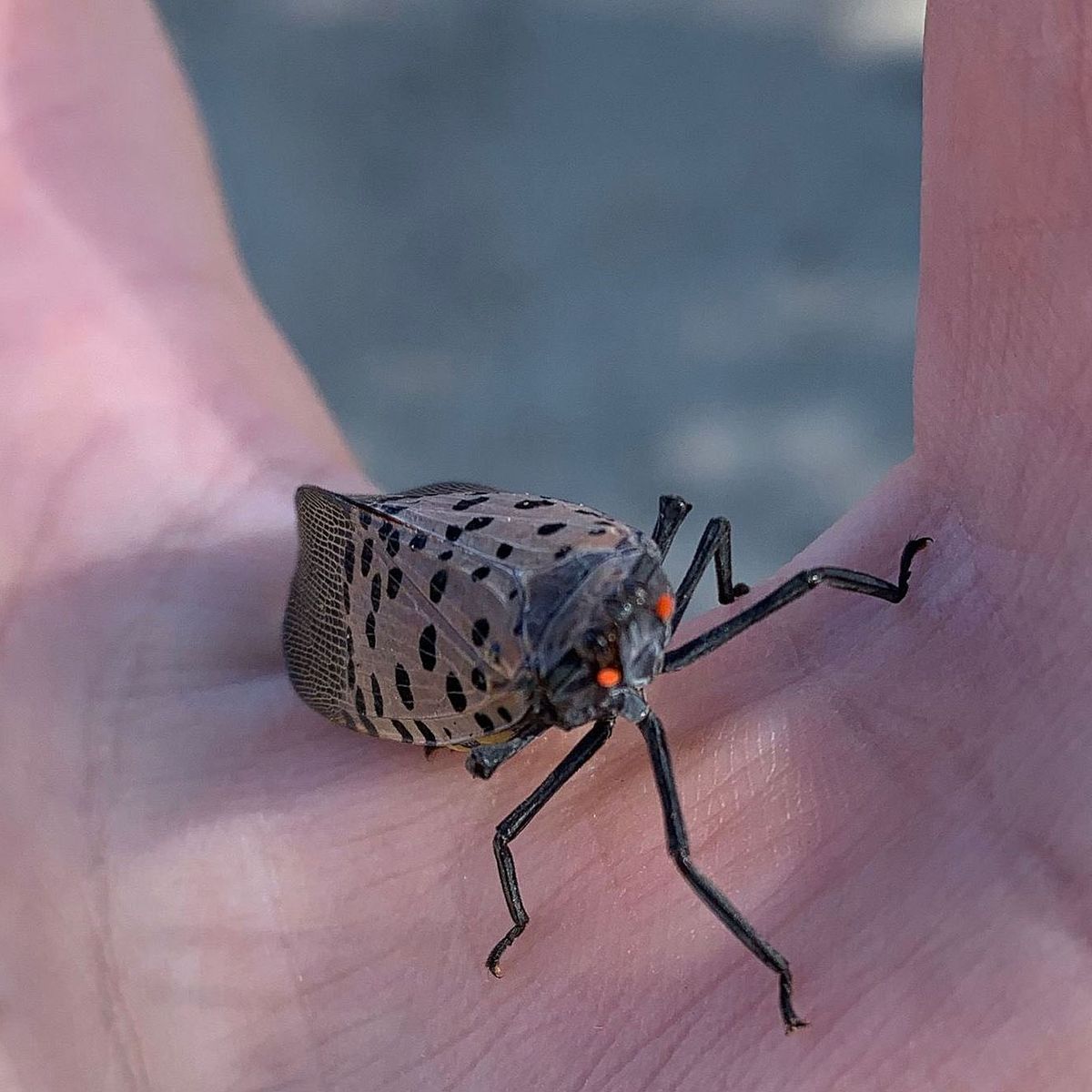
If You See A Pretty Spotted Lanternfly Report It Then Squash It The Brink Boston University
